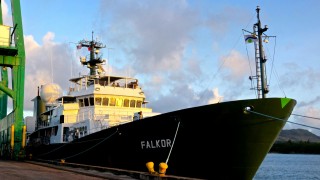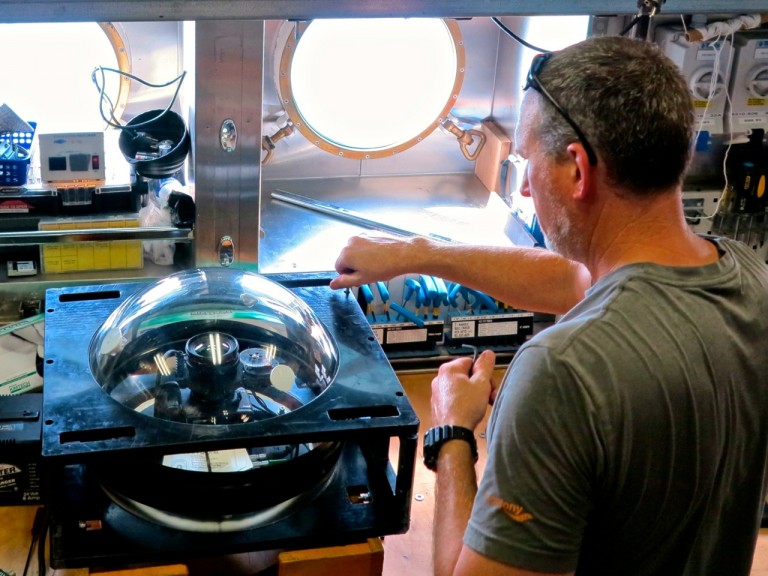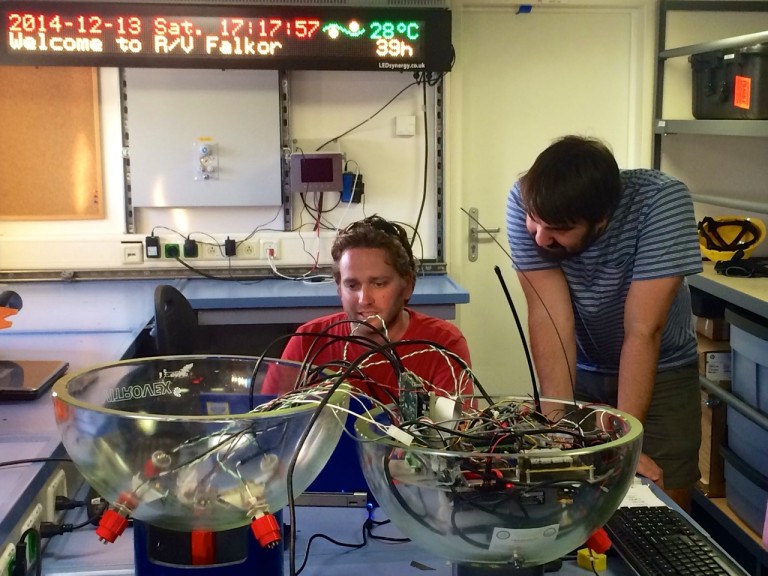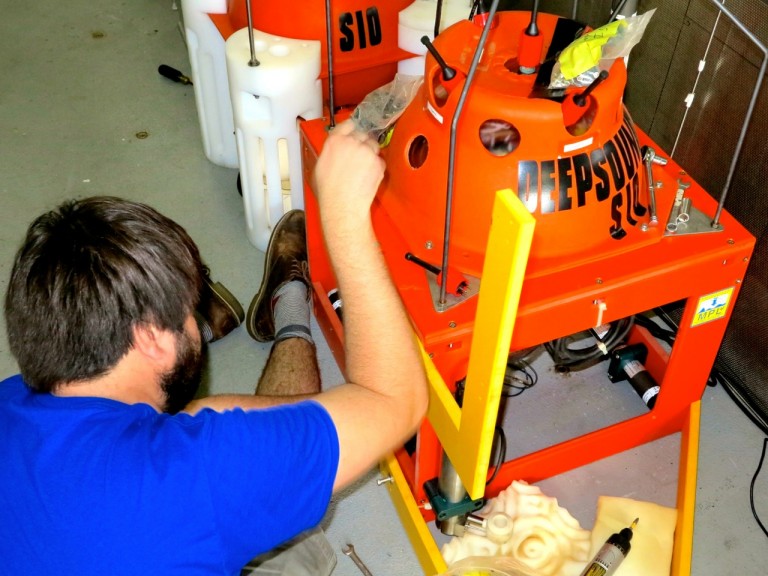Imagine you’re looking at the world’s tallest mountains on a three-dimensional topographical map—the kind that lets you see and feel changes in elevation. You can see mountain ranges covering all the continents: Everest and K2 in the Himalayan range, Kilimanjaro on the east coast of Africa, Mont Blanc in the French Alps, Mount McKinley in the Alaska Range, and so on.

Now, imagine flipping that map upside down and looking at each of the tallest mountains from underneath. The world’s tallest peaks have suddenly become the world’s deepest trenches. This is something like what the ocean floor looks like in places. The deepest of the trenches dotting the seafloor are the bulk of what scientists refer to as the hadal zone—anything between 6,000 meters down (20,000 feet) and the deepest known spot, the Challenger Deep at just shy of 11,000 meters (35,814 feet).

Extreme Life
Hadal zone trenches, just like the world’s highest mountains, are scattered across the globe, separated by hundreds, sometimes thousands, of miles. In other words, the hadal zone is not a contiguous stretch. The pressures at hadal sites range from 600 to 1,050 times greater than what we experience on the surface. Then there’s the temperature, which hovers just above freezing. There is no sunlight, of course, and even oxygen is in short supply. But despite these very challenging conditions, life somehow persists.
For the next week, our team—headed by Douglas Bartlett, a marine microbial genetics researcher at the Scripps Institution of Oceanography—will be traveling to the deepest, darkest stretch of the hadal zone, the Mariana Trench. The goal will be to find out more about what kind of stuff lives down there and how they do it.

We’ll be deploying a series of autonomous robots called landers to sink down to some of the deepest spots on the seafloor, to suck up water samples, microbes, and whatever else we can find. We’re rigging one lander with nets and some fish bait in hopes of attracting deep-sea carnivores. Nobody can say for sure what we’ll find because so few people have studied these depths of the ocean. This hadal zone is the least explored environment on earth.
Bizarre Life
In 2011 Bartlett and his team deployed landers in the Sirena Deep, about 10,600 meters (about 35,000 feet) down and one of the areas we’ll be targeting. On the video the lander captured they discovered, rooted in the seafloor, a congregation of giant amoebas each the size of a large man’s fist and covered in a coat of frilly appendages that resembled the ruffles of a 1970s-era tuxedo shirt. Despite the relatively large size, each of these creatures is, remarkably, a single cell.

Xenophyophores are in fact the largest single-celled organisms in the world. They have no brains or nervous systems and are seemingly unaffected by the massive pressures so deep. To make the scene even more bizarre, halfway through the lander video, a jellyfish swam lazily by—the deepest ever filmed. We’re expecting more intriguing and bizarre finds to report on within days.
Along with capturing life forms, we will be listening to them, using a lander rigged with audio recording gear to capture the sounds of hadal zone, the deepest this has ever been attempted. With these recordings, researchers hope to gain some perspective on how sound carries through hadal waters, and perhaps what sounds hadal animals use.

Almost There
But, of course, for any of this to work, we’ll first need to get to the Mariana Trench. For the past two days we’ve been gathering our crew and preparing the landers — and ourselves — for the expedition. We left harbor at 3 p.m. today and have since been motoring south in light seas. The captain estimates we’ll hit the Mariana Trench early morning tomorrow. Soon after we’ll do the first lander deployments and hopefully help to illuminate the deepest, darkest waters on the planet.

